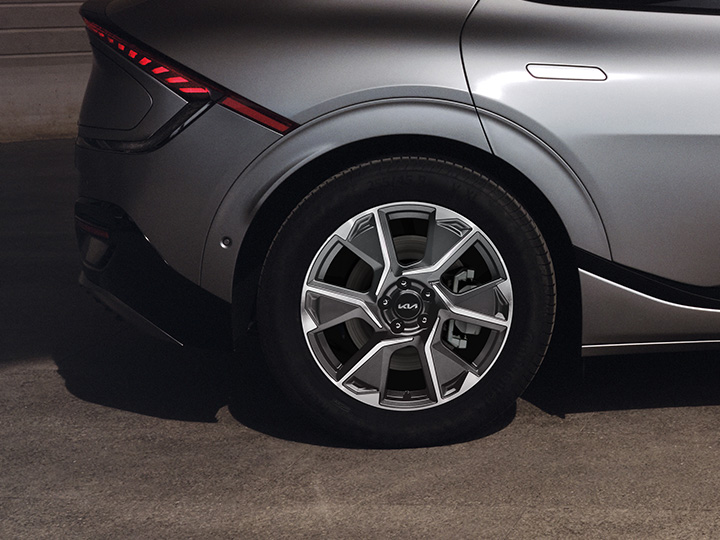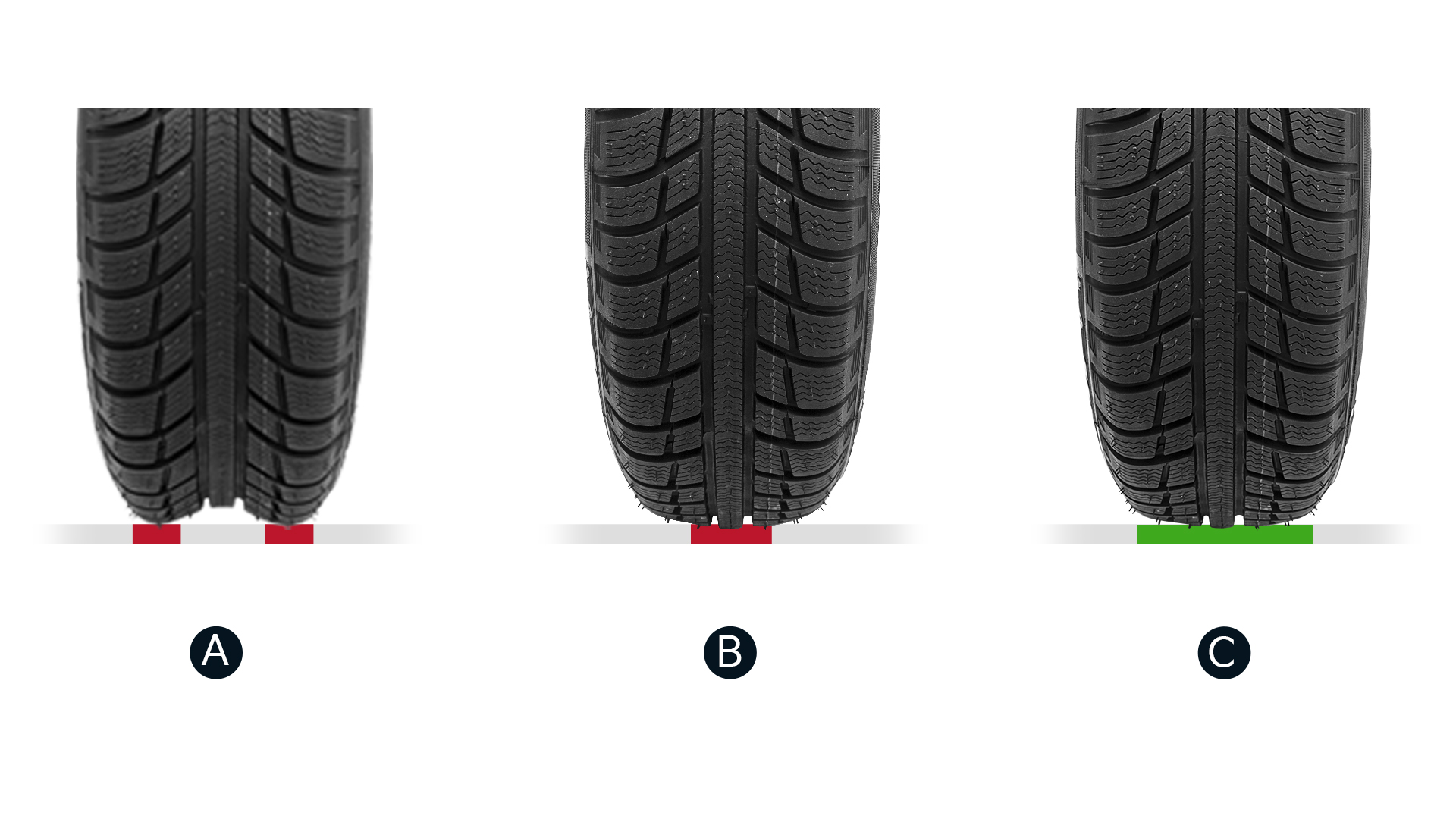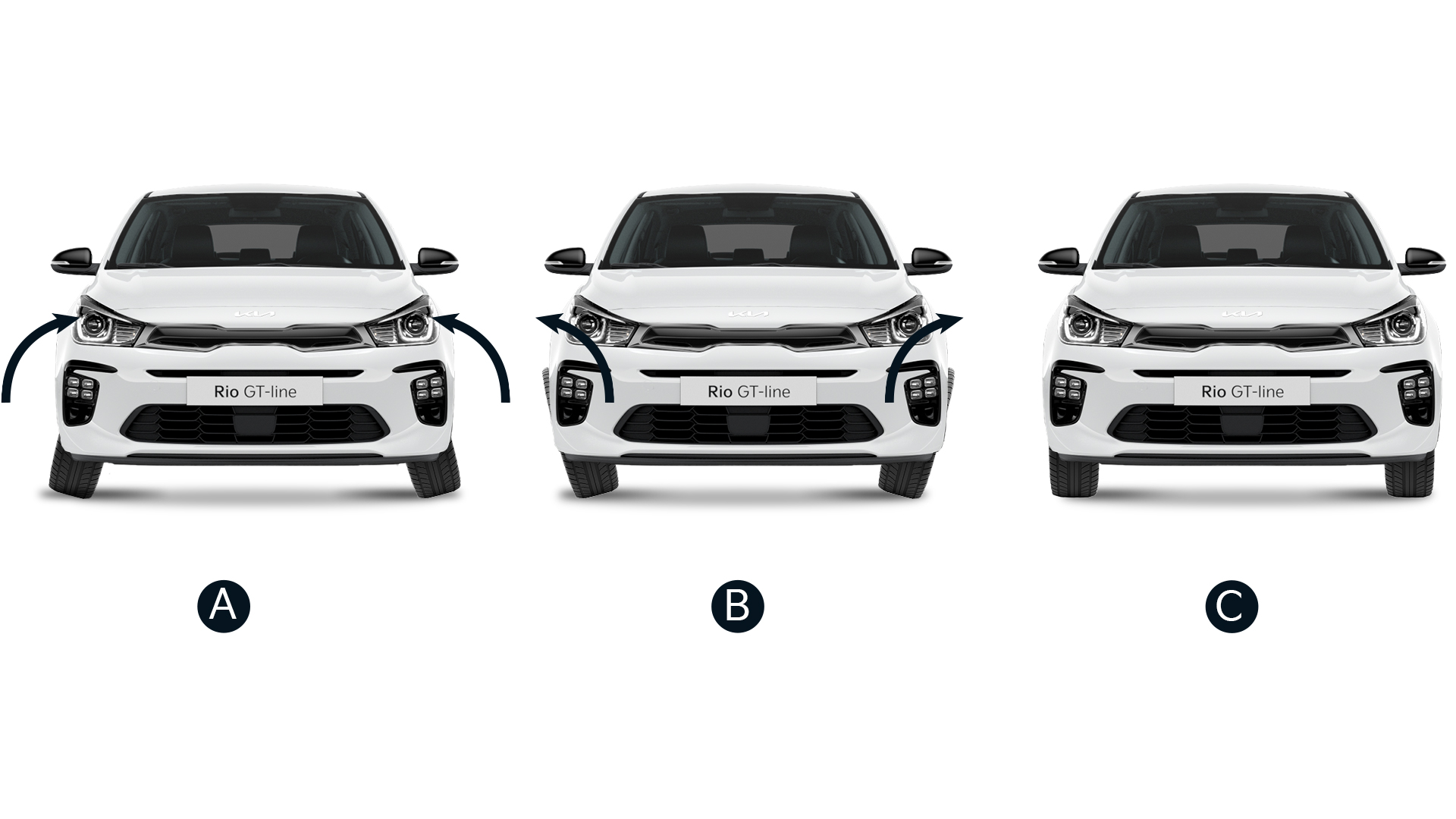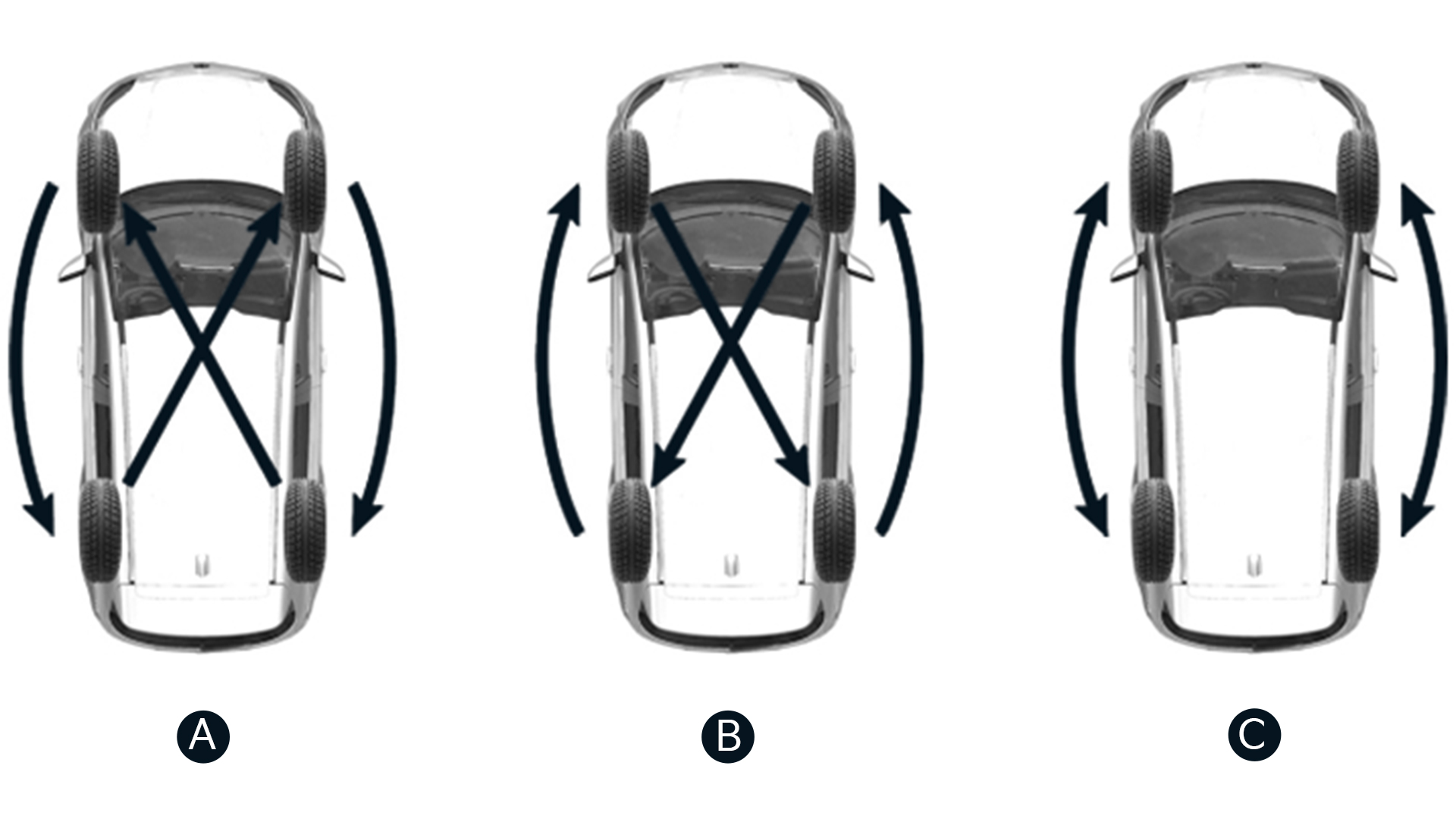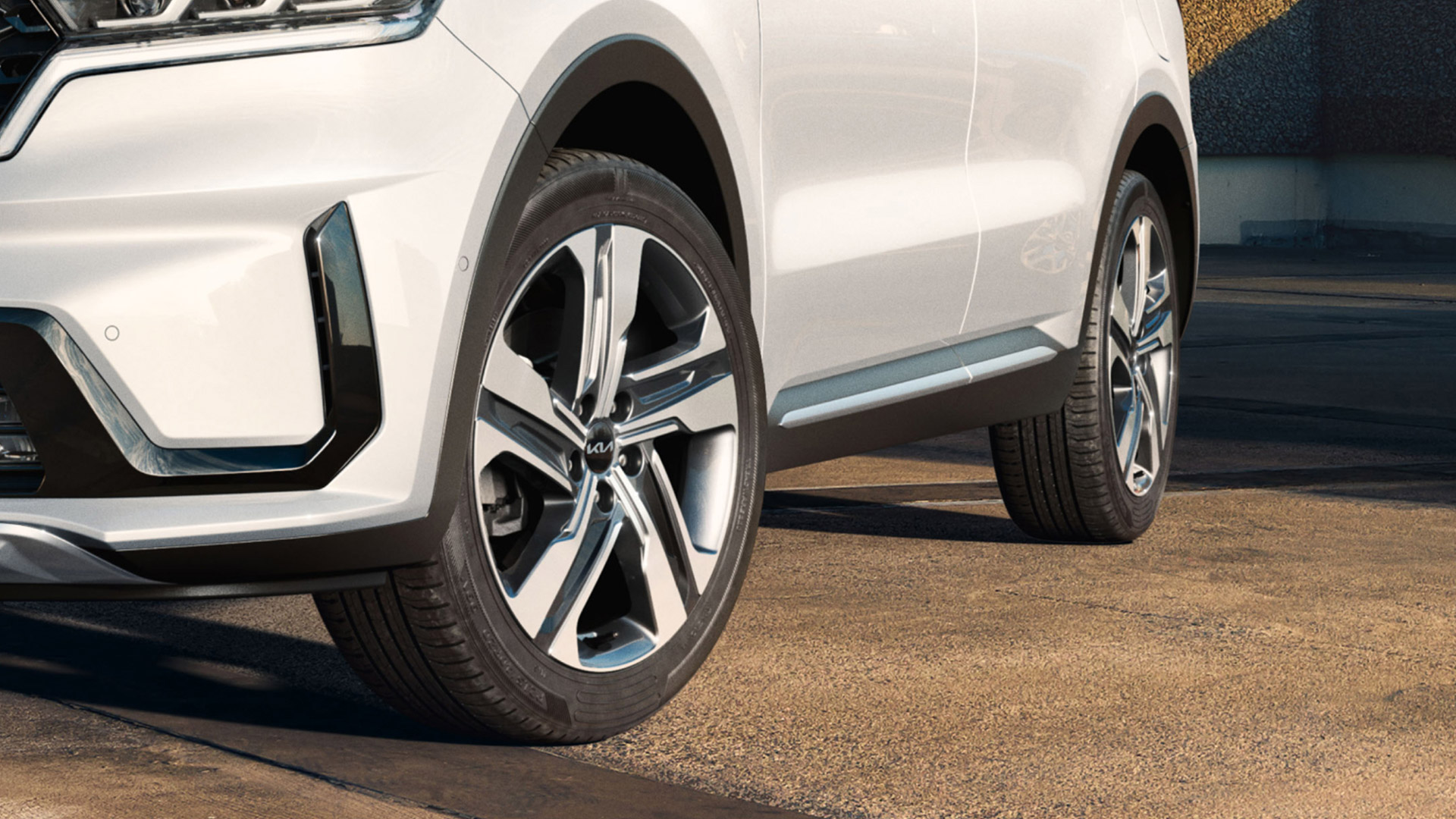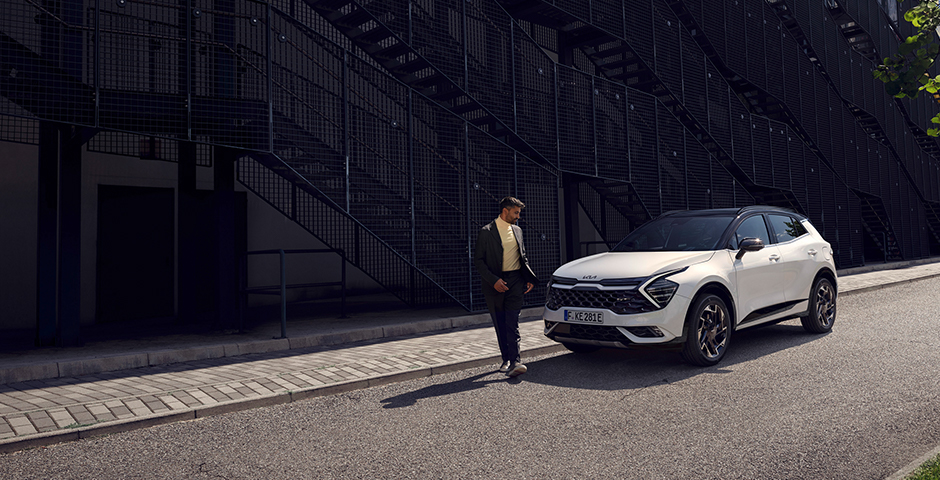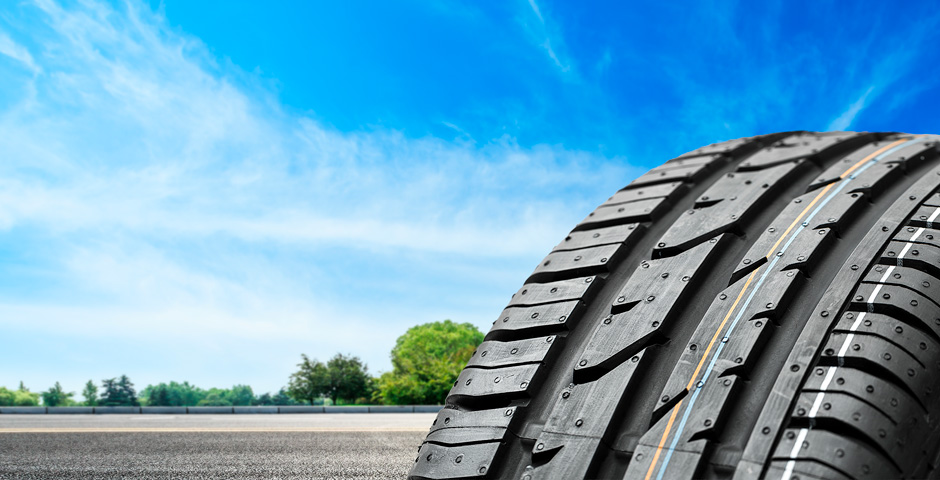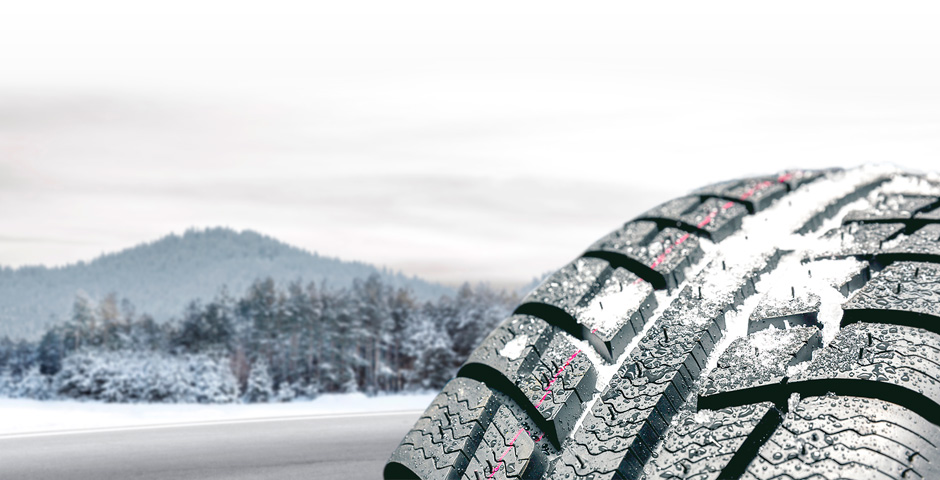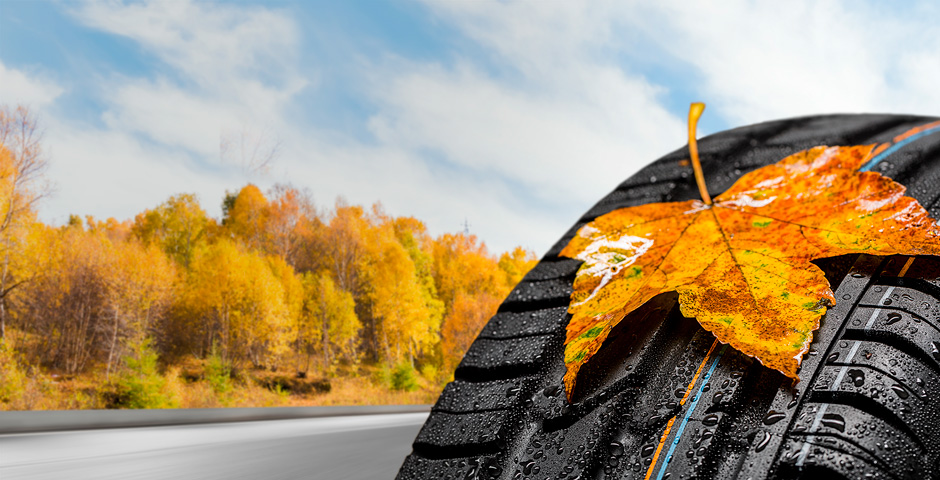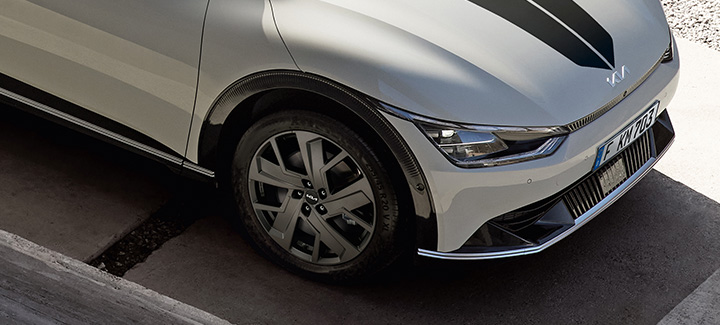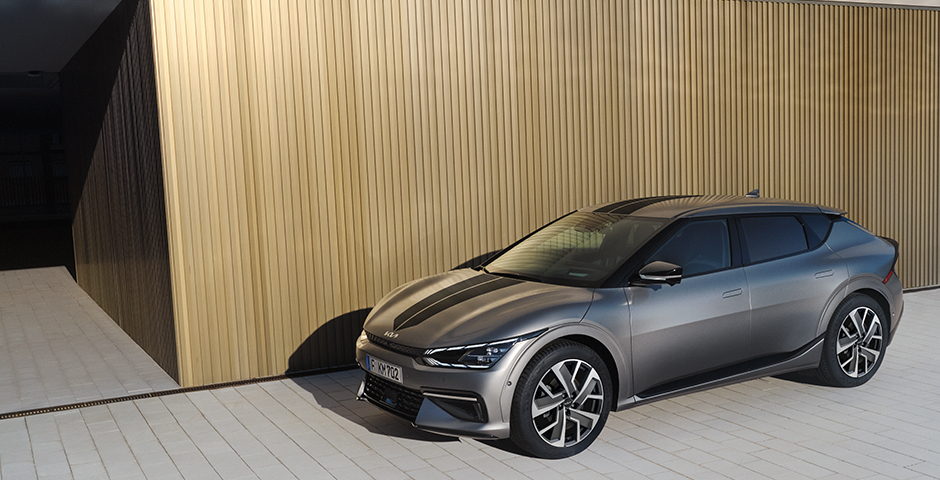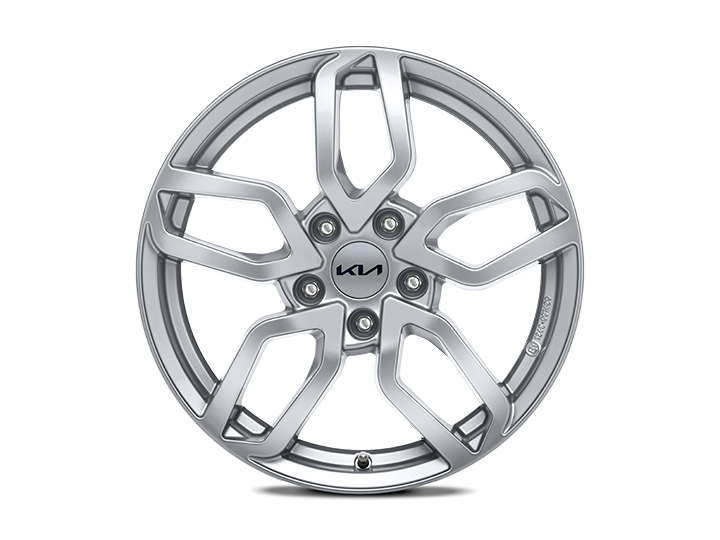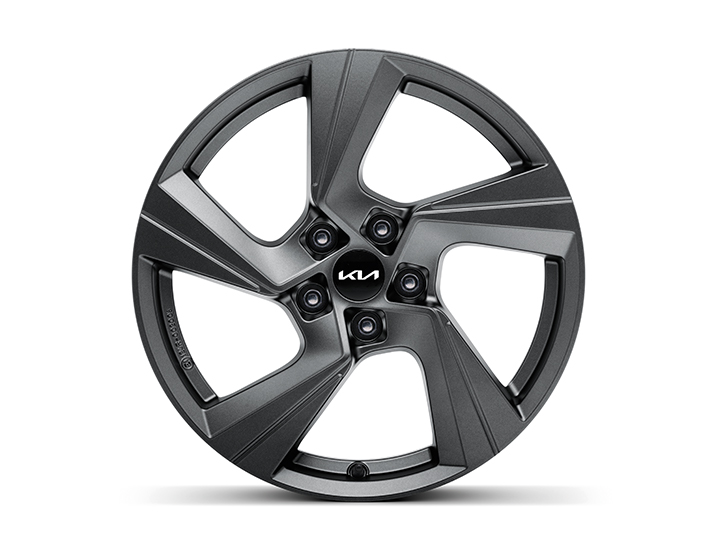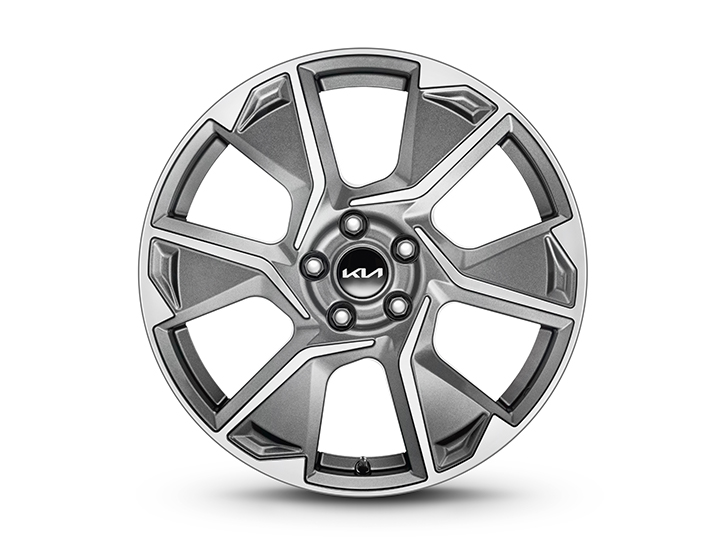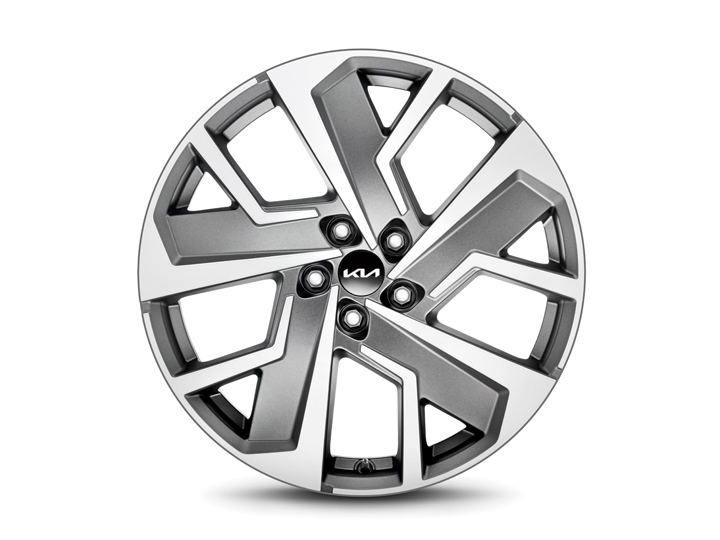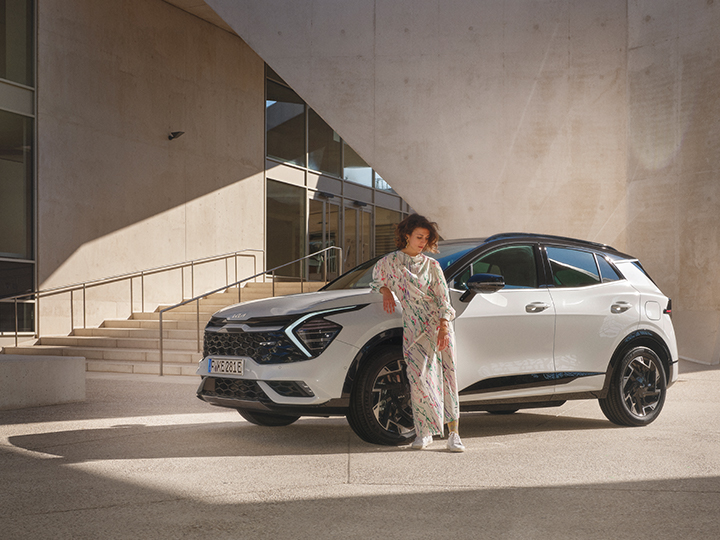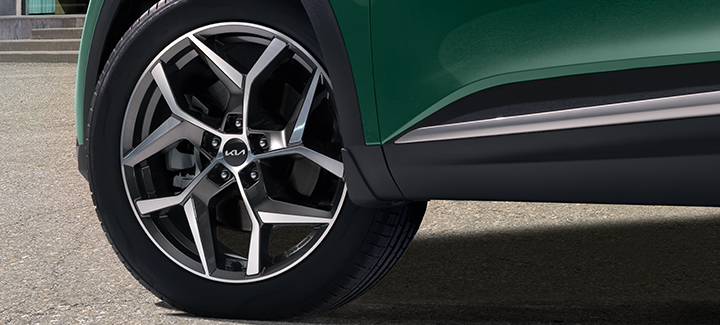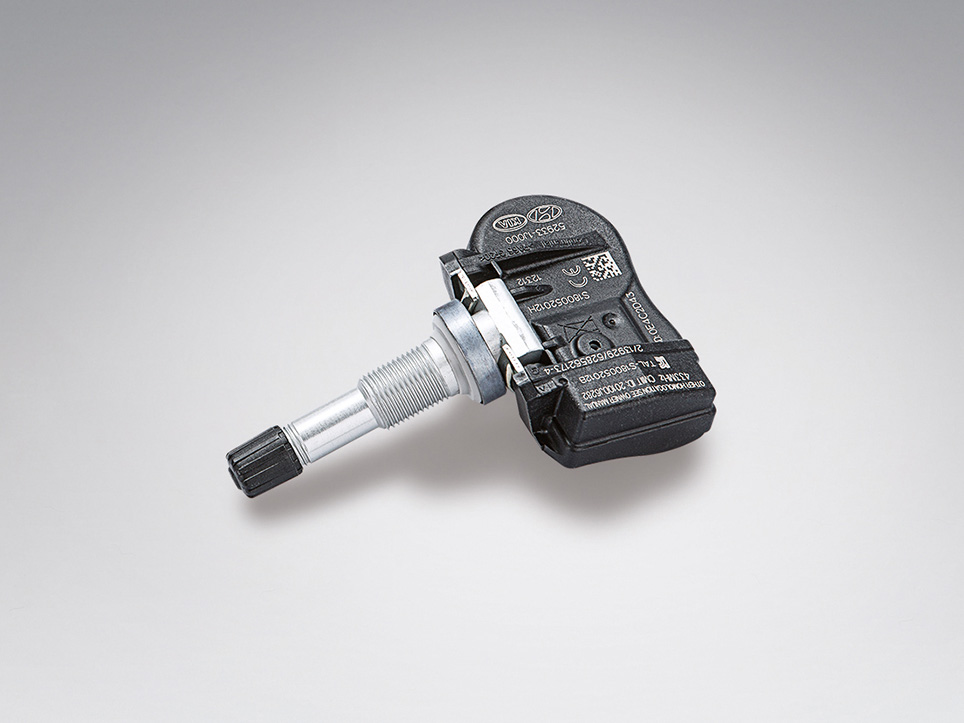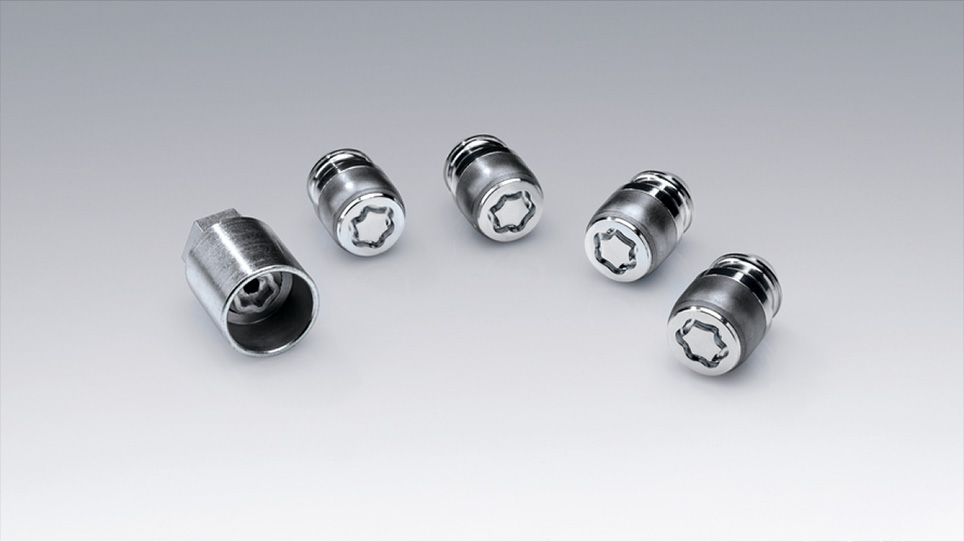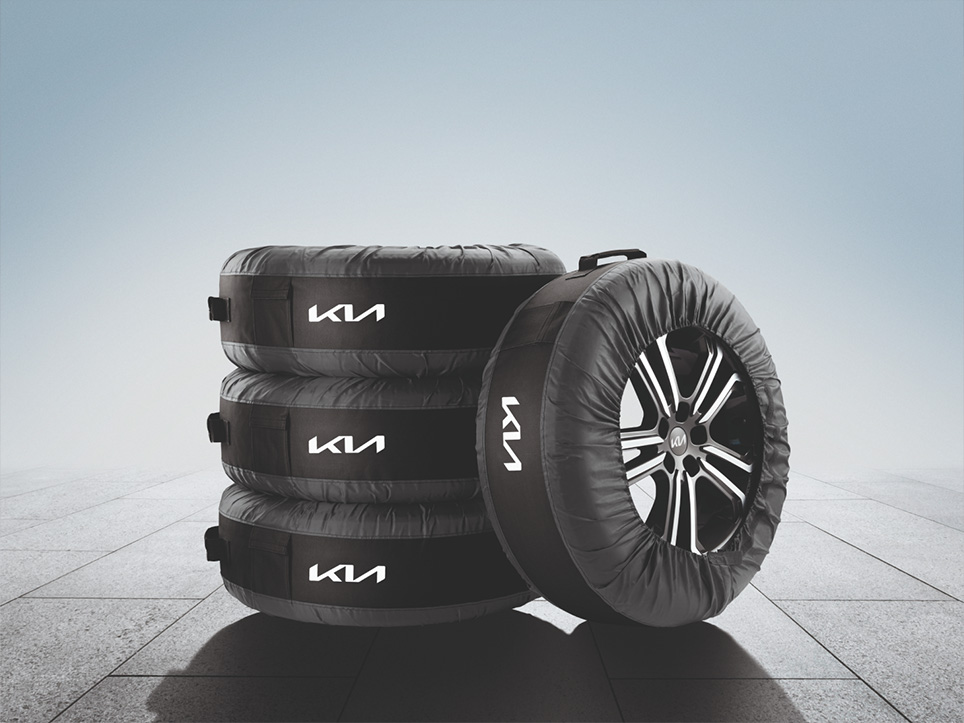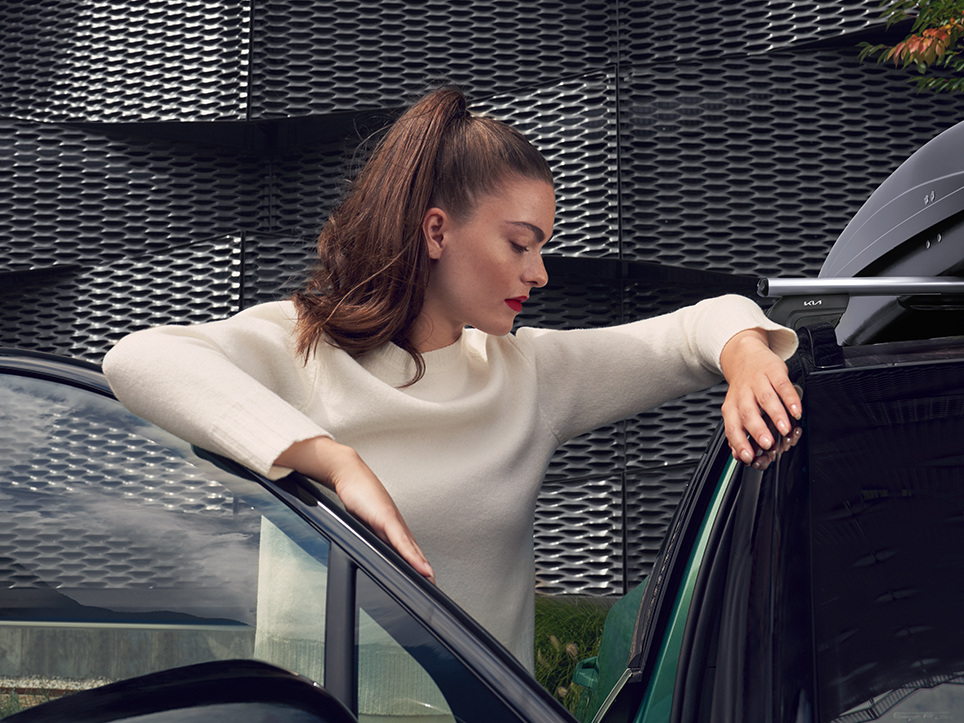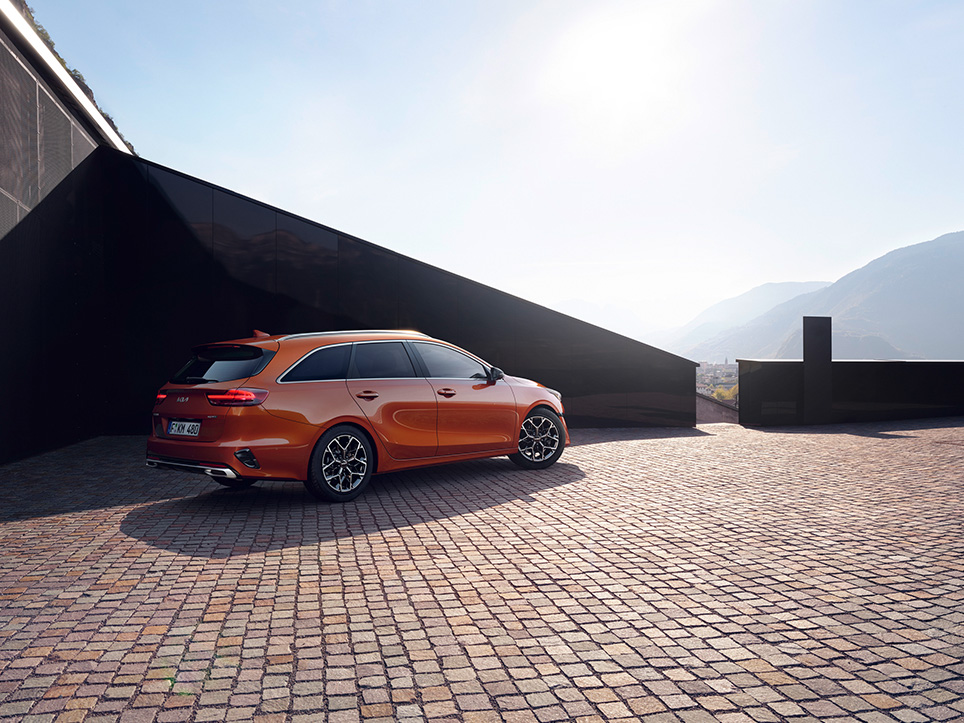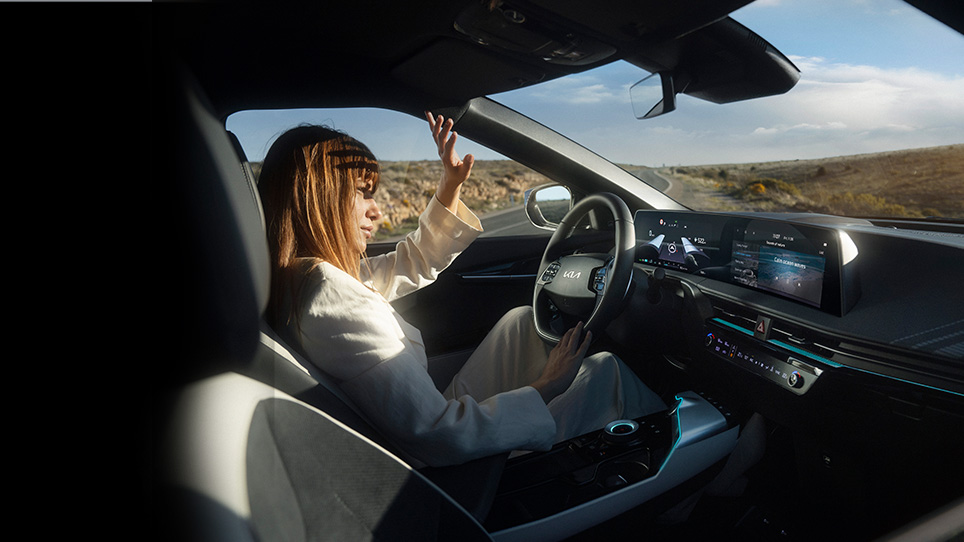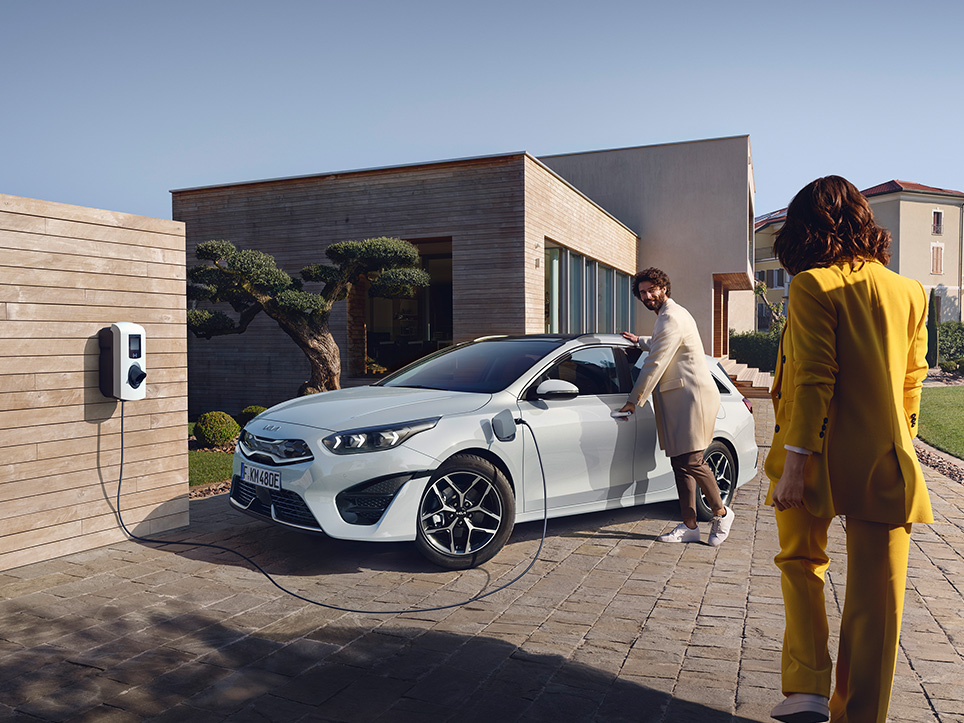Kia Complete Wheels
Kia Complete Wheels.
Enjoy a safe summer with style.
Changing your tyres with the season helps your Kia to perform in summer driving conditions with optimum safety. And combining it with a new set of alloy wheels at the same time will complete the look of your Kia with real style.
The importance of tyre maintenance.
-
Tyres need more attention than just replacing them when they’re worn. Well-maintained tyres optimise your Kia’s safety and performance, so they need to be looked after. The tyre care advice and information below is a good place to start. But for professional expertise supported by specialist tools, rely on the experienced technicians at your Kia Authorised Dealer.
Download a voucher and give your Kia a new style.
-
Change your wheels and tyres and be safe for the new summer season with our special offer.
What you should know about caring for your tyres.
-
Your tyres can have a significant effect on driving safety due to their inflation pressure, tread depth or wheel alignment. Checking pressure and tread wear (at least once a month) is relatively simple. Knowing when, how and whether you should rotate tyres demands more expertise. So does identifying and resolving incorrect wheel alignment.
- Tyre pressure
- Wheel alignment
- Tyre rotation
- Checking tread depth
-
Tyre pressure
Overinflated tyres (A) wear irregularly and affect handling when cornering. Underinflated tyres (B) wear out faster, impact steering responsiveness and increase fuel consumption. Incorrect pressures also influence braking performance – including stopping distances. Tyres inflated to the correct pressure (C) can last longer, reduce fuel consumption and help ensure safer driving. If your tyres lose pressure rapidly or frequently, consult your Kia Authorised Dealer as soon as possible.
-
Wheel alignment
Incorrect wheel alignment may cause greater wear on the inside edge of your tyres (A) or the outside edge (B). Correctly aligned wheels are parallel to each other on each axle and at 90° to a level road surface (C). Wheel alignment requires specialist equipment and expert knowledge. If you suspect your Kia's wheel alignment needs adjustment, contact your Kia Authorised Dealer.
-
Tyre rotation
Tyre rotation can help to minimise tyre wear and maximise tyre life. There are several different ways in which tyres can be moved around on the vehicle depending on the type of tyre and whether the vehicle is front-, rear- or four-wheel drive. Rotation sequences include: (A) always moving the most worn tyres in the worst condition to the front; (B) a rear-to-front, front-to-rear and side-to-side rotation; (C) a simple front-rear swap. Talk to your Kia Authorised Dealer for up-to-date advice and guidance.
-
Checking tread depth
Most tyres have wear indicators: rubber bars incorporated into the tread pattern. When they are level with the tyre surface, the tyres must be changed. However, it is generally recommended to change tyres when they reach a minimum 4 mm tread depth. Your Kia Authorised Dealer can check your tyres and change them for you if required.
Professional tyre change for your peace of mind.
-
When it’s time to change your tyres – whether for the changing seasons or due to wear – it’s important to have the job done professionally. Kia-trained technicians have the experience, tools and expertise you need for the peace of mind you want. Your Kia Authorised Dealer can also store your tyres safely between changes.
Kia Genuine Alloy Wheels.
-
A tyre change is the perfect opportunity to change your rims too. Designed specifically for your Kia, genuine alloy wheels are available in a wide range of designs. Whether you prefer sporty, sophisticated or stylish, they perfectly complement the look of your Kia.
-
How to care for your wheels
A set of alloy wheels is the stylish finishing touch to your Kia. And with the right products and equipment, you can keep them in perfect condition for many thousands of miles of driving.
Specialist rim-cleaner spray and eye-catching hubs will ensure your wheels always look their best. Locking wheel nuts will help maintain your peace of mind while adding a Kia Tyre Pressure Monitoring System will keep you informed and help you to stay safe.
Also interesting.
Your questions answered.

